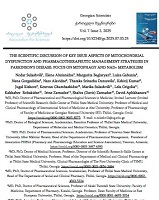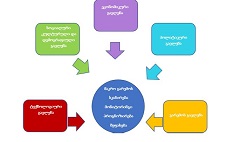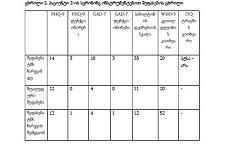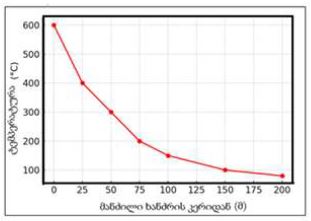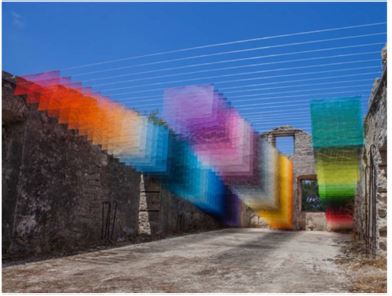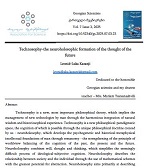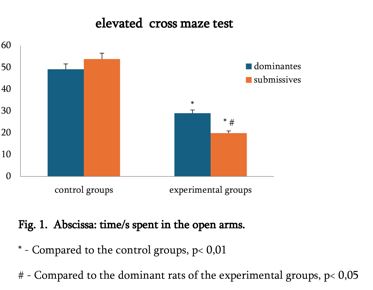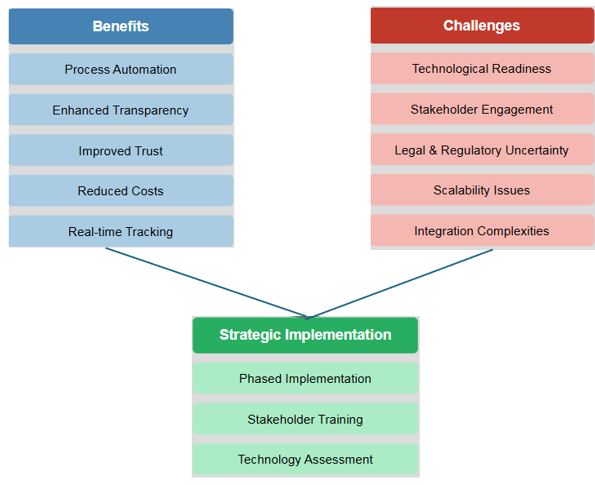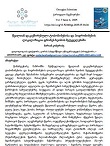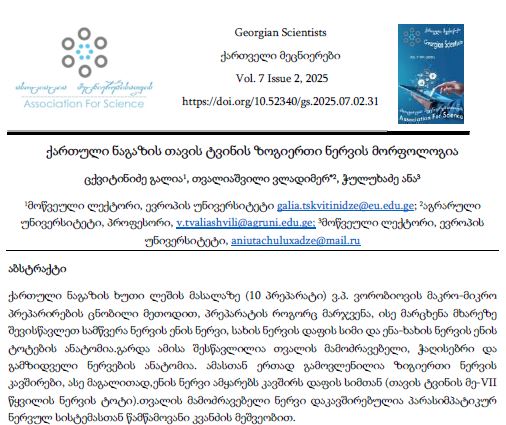Generic peculiarities of the documentary film making (Theoretic aspects)
Downloads
Any film is illusion of movement which is created by changing of images placed on paper or celluloid line with exact sequence. Recently, this ordinary finding is the origin of a rather complicated and influential genre, - a documentary film making. A style of visual narration created two centuries ago was changing its functions ever and again. From the very beginning it had been produced for the purpose of entertainment, getting news and cognition, in the previous century it obtained a rather immense load and transformed into a strong weapon for having impact on the masses. Today, the documentary film is associated with knowledge, reliability and credibility. This genre standing with the reality is a focal medium of the society for resolving of problems, reviewing of the issue and getting education. What are the essential and audiovisual features which help to the documentary film making to preserve belief of viewers simultaneously with progressing of the up-to-date media trends, not to lose its authentic appearance and advantages for centuries? A key principle is revealed in searching of the answer on the risen questions – a success of the documentary film depends upon consistency of its composites in mind of viewers. Combined effect of relevant visual images and voice of the content is broad. Using such means of logically changeable expression, the documentary film reaches a larger depth of perceiving by the audience in comparison with other means of expression (Rotha, Documentary Film 1952).
Downloads
Aufderheide, P. (2007). Documentary film: A very short introduction. Oxford University Press.
Berger, A. (1995). Essentials of Mass Communication Theory. SAGE Publications. doi:https://doi.org/10.4135/9781483345420
Bernard, S. C. (2004). Documentary storytelling for film and videomakers. Burlington, MA : Focal Press. Retrieved 12 05, 2023, from https://archive.org/details/documentarystory0000bern_y7y8/page/2/mode/2up?view=theater
Bohn, T. W. (2018). Why We Fight. Library of Congress.
Corner, J. (2005). Television, documentary and the category of aesthetic. In A. Rosenthal, & J. Corner, New Challenges for Documentary: Second Edition (pp. 48-57). Manchester University Press.
Grierson, J. (1976). First Principles of Documentary. In Nonfiction film : theory and criticism (pp. 19-31). New York: E.P. Dutton & Co. Retrieved 12 05, 2023, from https://archive.org/details/nonfictionfilmth0000unse/page/n9/mode/2up?q=counterparts
Juel, H. (2006). Defining Documentary film. POV A Danish Journal of FIlm Studies, 5-15.
Katz, E. (1959). Mass Communications Research and the Study of Popular Culture: An Editorial Note on a Possible Future for This Journal. Studies in Public Communication/Departmental Papers (ASC).
Murray-Brown, J. (1989). False Cinema: Dziga Vertov and Early Soviet Film. The New Criterion, 8(3), 21-33.
Nichols, b. (2017). Introduction to documentary. USA: Indiana university press.
Oliver, M. B., L, R., & Nabi. (2009). he SAGE handbook of media processes and effects. London: Sage.
Reagle, J. (n.d.). Claude Fischer and Raymond Williams. Retrieved 11 15, 2023, from https://reagle.org/joseph/2004/seminar/fischer-williams.html
Rotha, P. (1935). Documentary Film. London, UK: Faber & Faber.
Rotha, P. (1952). Documentary Film. London: Faber and Faber LTD.
Rotha, P., Road, S., & Griffith, R. (1964). London: FABER AND FABER LTD.
Vertov, D. (1922). Manifesto kinoks revolution.
Copyright (c) 2024 Georgian Scientists

This work is licensed under a Creative Commons Attribution-NonCommercial-NoDerivatives 4.0 International License.





















